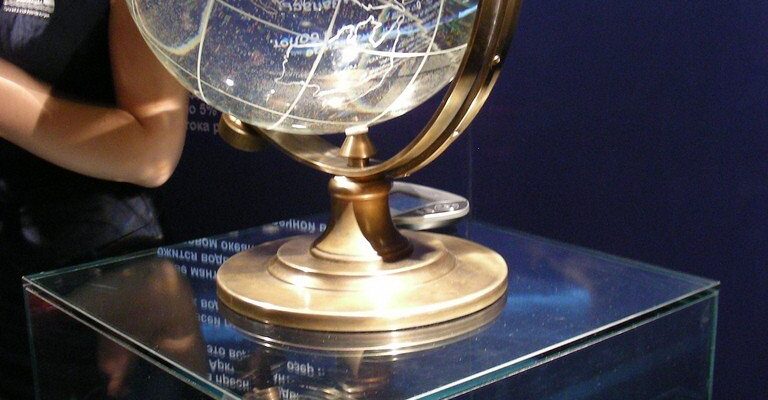Water Museum in St. Petersburg
Water Museum in St. Petersburg was opened in 2003 and is located inside the Water Tower. Its creation was initiated by the State Unitary Enterprise “Vodokanal”. Getting acquainted with multimedia expositions, visitors are immersed in the history of water supply, penetrate into its present and learn about what awaits this most important system of urban economy in the future. The information is presented in a fascinating, modern way, using interactive methods. Even complex technical things in the Museum of Water are told in an accessible and visual way, so there are always a lot of children here.
.
The museum complex consists of three independent, but connected by a single theme departments: “The World of Water of St. Petersburg”, where you can walk independently, using the services of an audio guide, “The Underground World of St. Petersburg” and “The Universe of Water”, where you can get only with a tour group. A special exhibition room for temporary shows is provided in the right annex of the Water Tower.
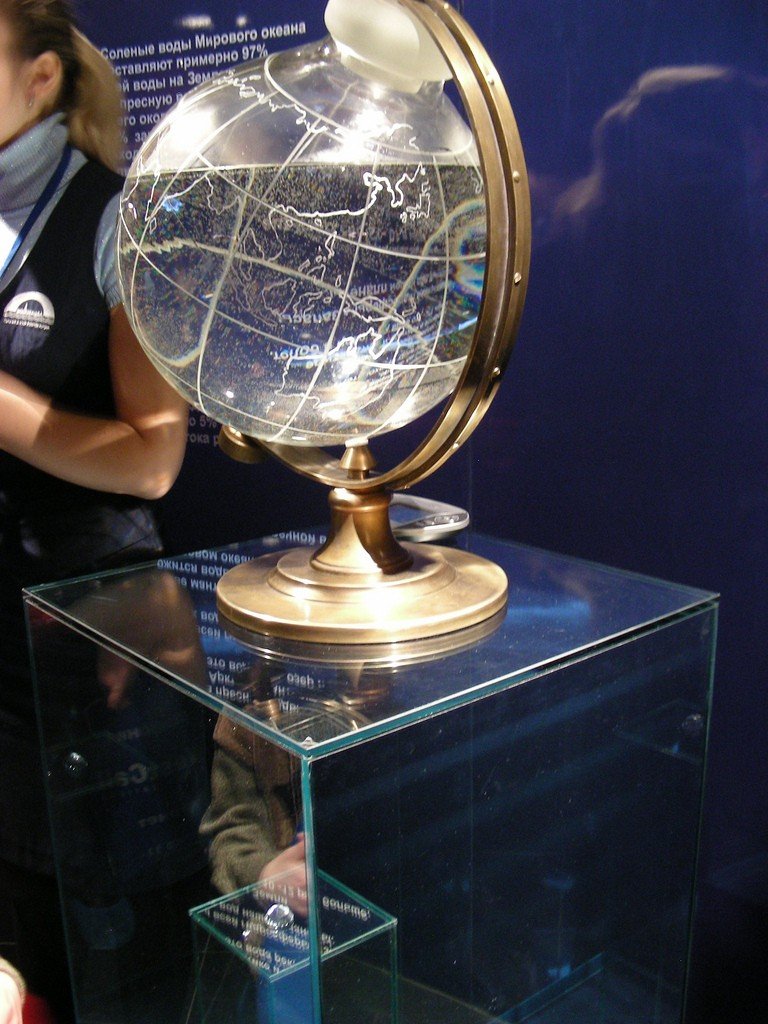
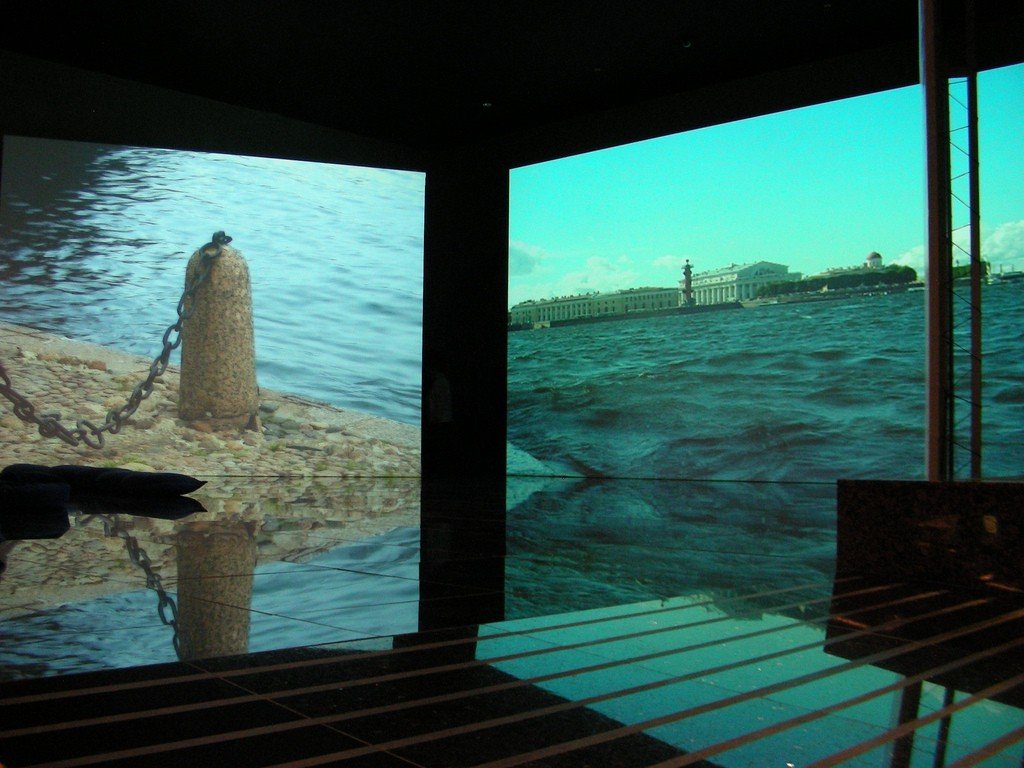
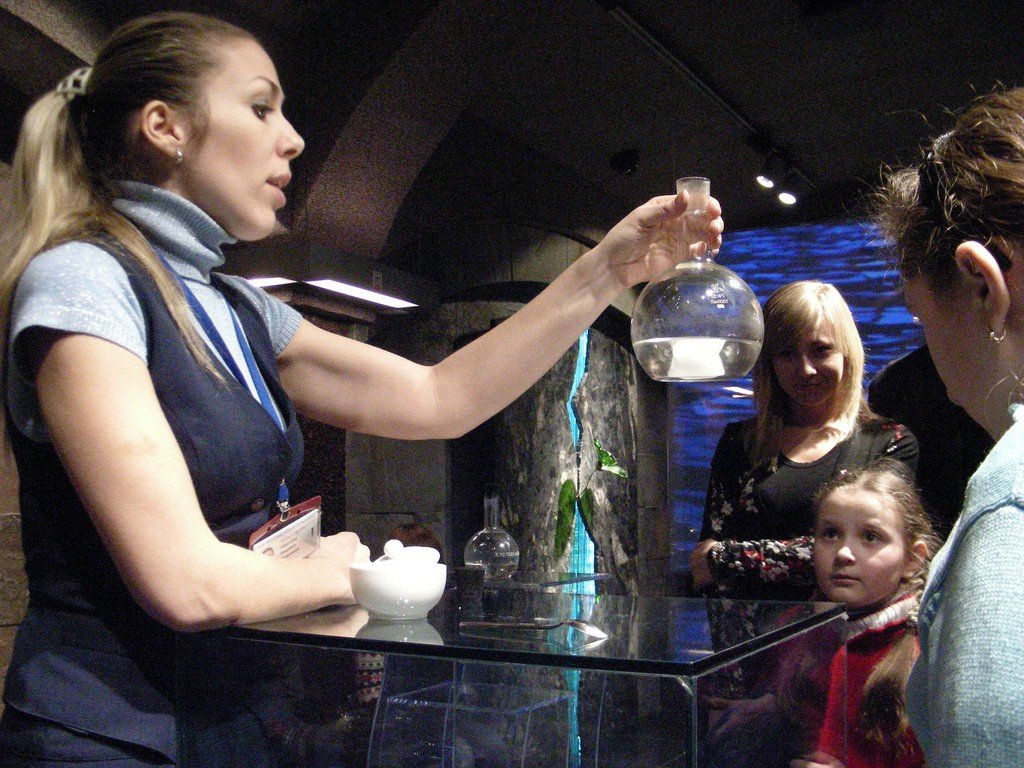
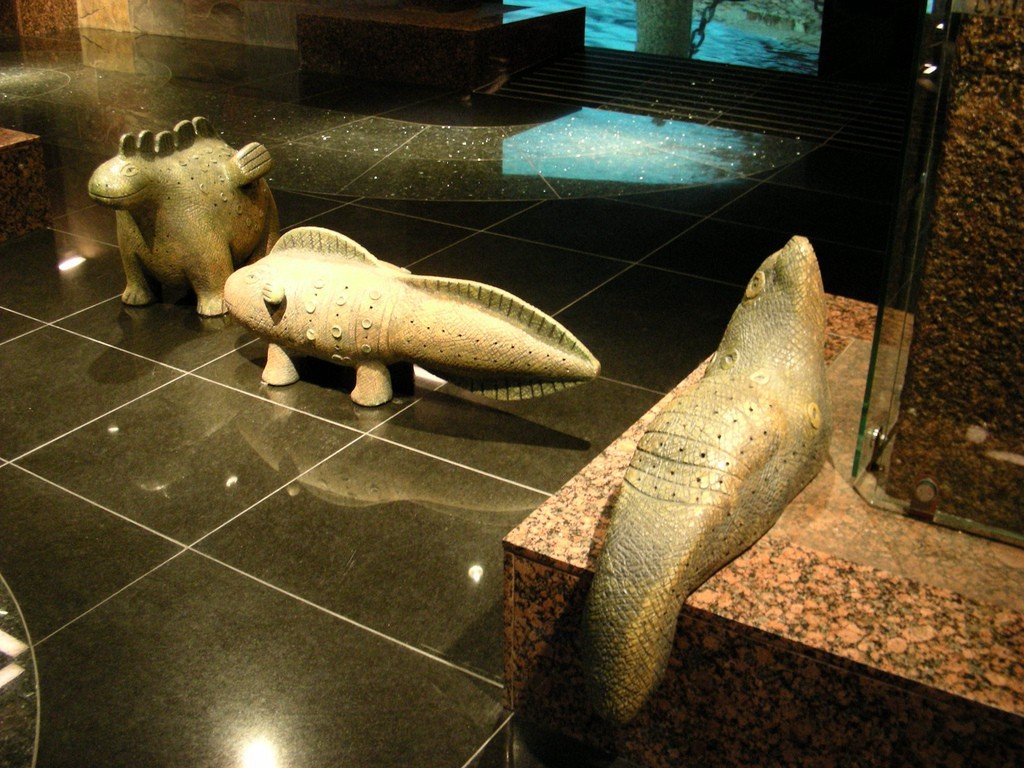
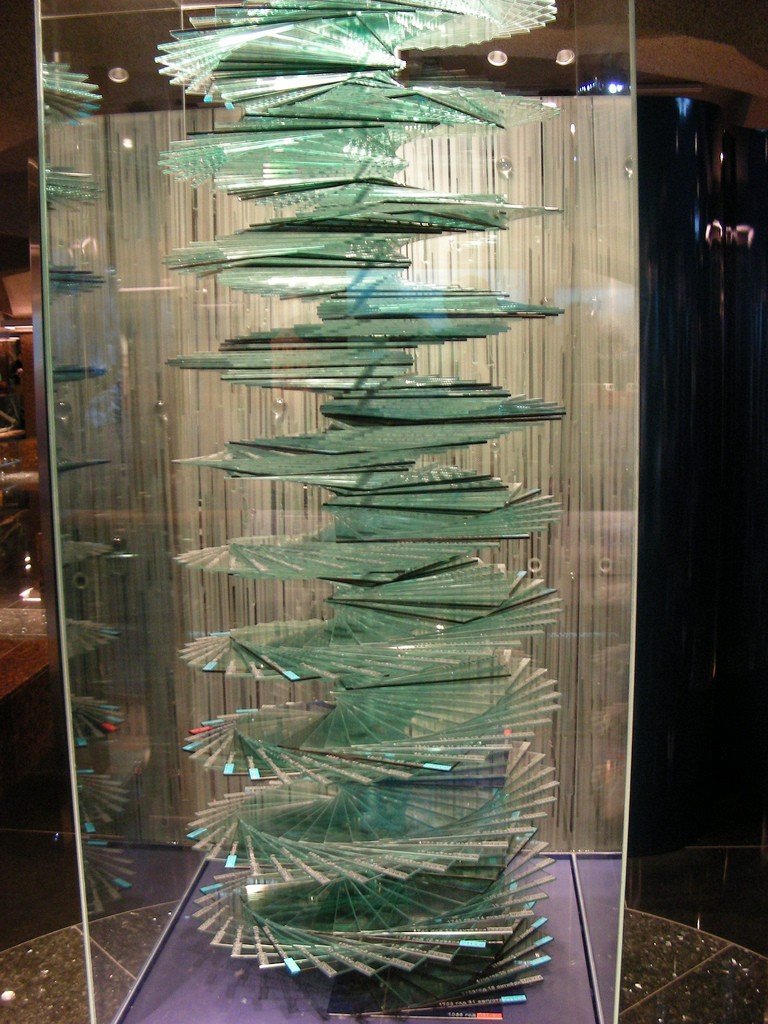
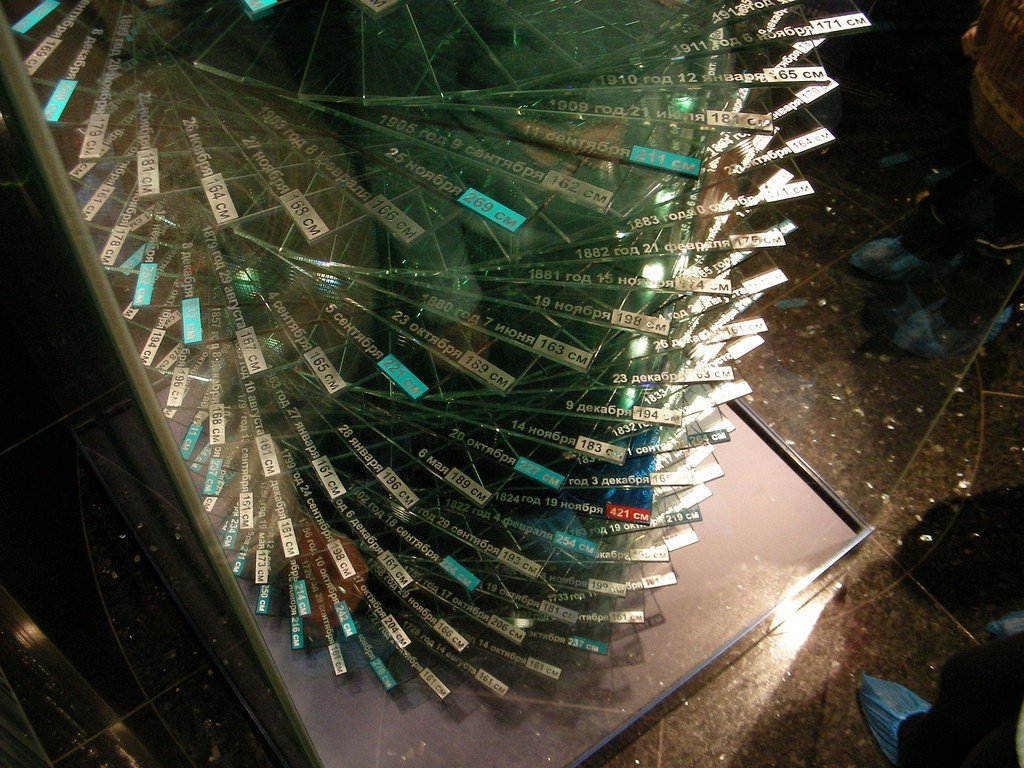
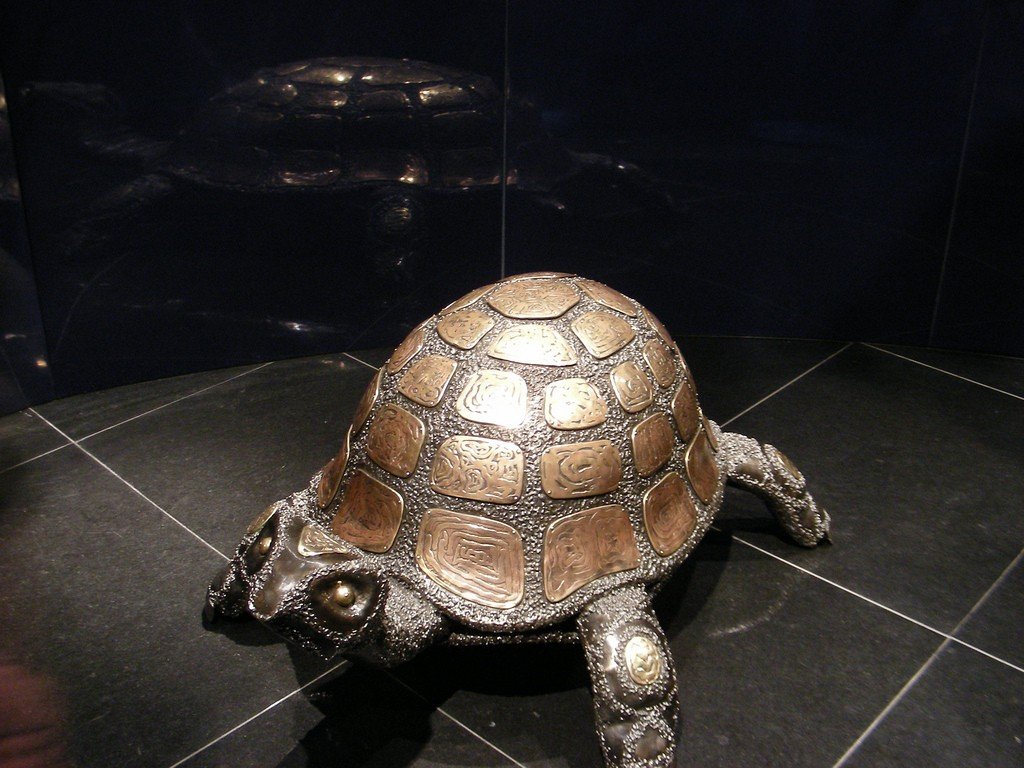
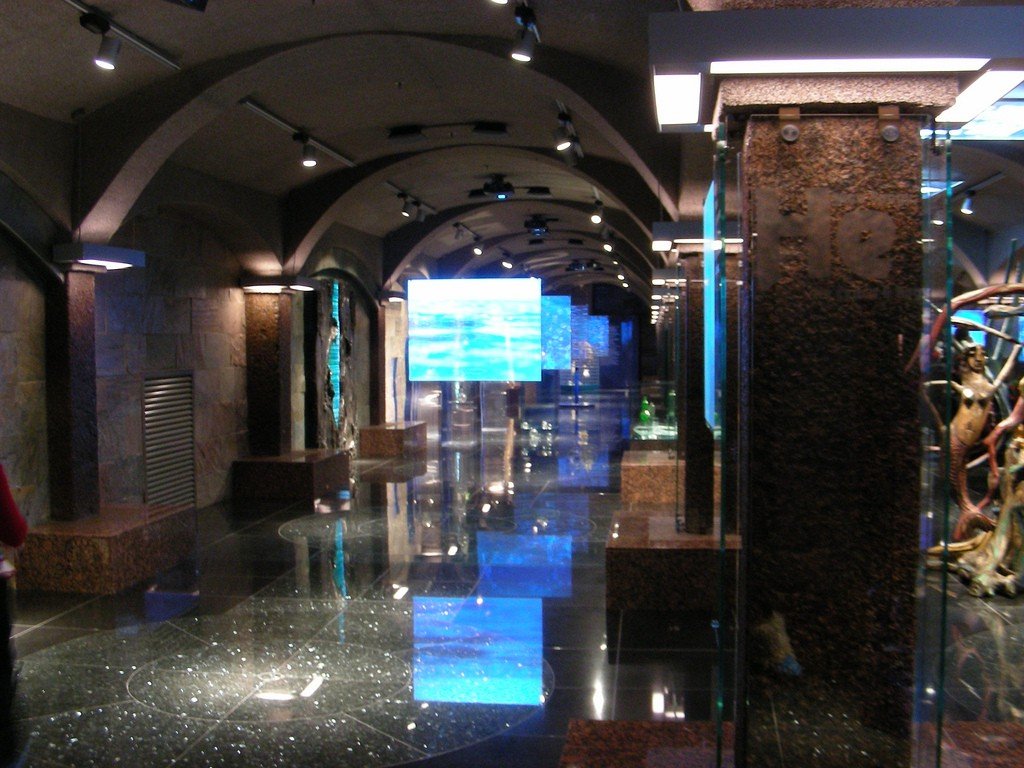
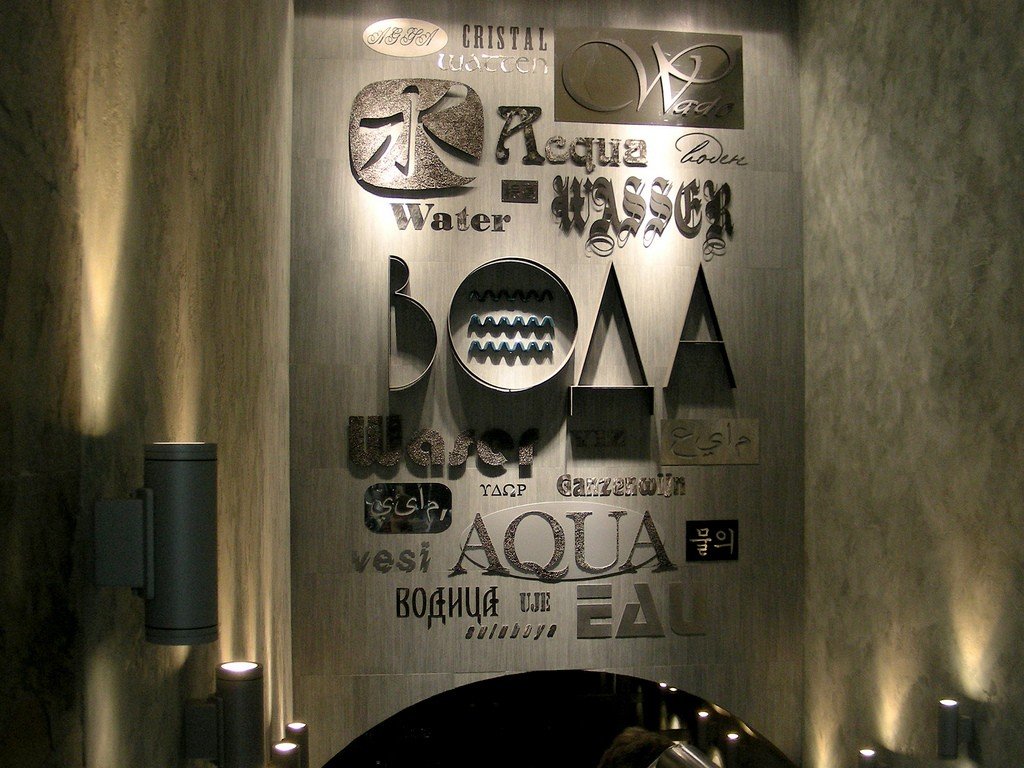
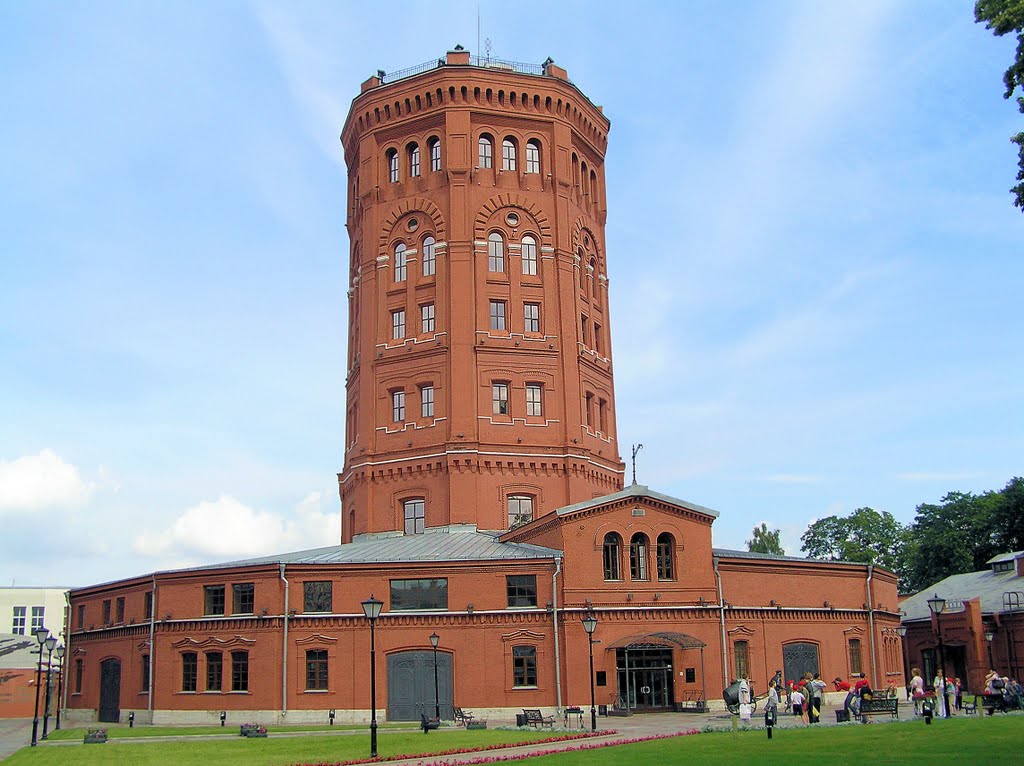
Video: Water Museum in St. Petersburg
History of the museum building
The building of the Museum of Water in St. Petersburg is hard to miss – it is an ancient water tower, which is interesting in itself. The Romanesque-style structure was built in 1859-1863 according to the design of architects I. A. Mertz and E. G. Shubersky. The water tower is made of red brick and rests on strong oak piles. Its height is 54 meters. In its appearance, this six-tiered octagonal column resembles a medieval structure. Its durability and solidity have allowed the building to remain in good condition until today. With the construction of the Water Tower and the pumping station next to it, the supply of the city center with water from the Neva River became centralized.
.
The first attempt to provide a regular water supply in the capital of the Russian Empire was made back in the 18th century. At that time, a wooden water pipeline was built to serve several houses of the rich and the Summer Garden. But the inhabitants of St. Petersburg carried water in buckets directly from the rivers or used the services of water carriers. In the Museum of Water there is a monument to the water carrier as a tribute to his necessary, hard work. The contents of water reservoirs differed in quality. The worst was in the canals, a little better – in the Fontanka, the cleanest – in the Neva.
.
The year 1846 was marked by the appearance of a steam-powered water pipeline, but it did not last long. Built 17 years later, the Water Tower on Spalernaya Street was used for its intended purpose until the end of the 19th century. After its operation ceased in 1901, a small exhibition – the forerunner of the present museum – was organized in the tower. A hundred years later the reconstruction of the building began with the purpose of organizing a museum complex here. The restorers tried to preserve the original interior as much as possible. But, based on modern requirements, they made additions, among which the northern one – glass, with a panoramic elevator – stands out. This renovation has given the building an up-to-date character.
.The water tower is 7 stories high. Halls dedicated to history occupy almost all floors, from the third to the seventh. The hall is decorated with a fountain operating in a closed cycle. With this principle of operation, the liquid is not consumed, which symbolizes the natural whirlpool and careful attitude to this precious resource.
.Expositions at the Water Museum
The overall goal of the St. Petersburg museum’s expositions is to remind people of the value of water and the need to conserve it, as well as to tell them about the complex water supply system. The tour of the “St. Petersburg Water World” starts from the third floor of the Water Tower. Here visitors learn about the history of water management of ancient civilizations and the Middle Ages. It also tells about how water was treated in Russia. Among the exhibits are a working model of the ancient Chinese method of water supply, copper washbasins, pipes made of wood and ancient drawings. Special sections are devoted to the history of St. Petersburg’s water supply and sewerage, and data on floods and fire extinguishing have been collected.
.
Going up to the 4th floor, the guests of the Water Museum examine the exhibits dedicated to the history of St. Petersburg’s vodokanal 1858-1917. The diverse and informative exhibition literally immerses the viewer in the life of the 19th century with its technical innovations used in plumbing. There are authentic objects of the epoch, connected both with the equipment of the sewerage system and with the ordinary life of people. Some antique bathtubs and toilets can be seen in photographs, while other interesting specimens are presented in real life. Once on the 5th floor, visitors find themselves in the office of the Manager of the St. Petersburg Waterworks. Here you can learn from documentary sources about the heads of the water supply industry of that time.
.The 6th floor is dedicated to the period of the Great Patriotic War and the post-war restoration of Leningrad’s water supply system. There is also a section showing how the city’s water supply is carried out today, where the waste water goes. On the 7th floor there is an exposition introducing the history of the water supply and sewerage system since 1917.
.
The multimedia exposition “Underground Petersburg” is located in the left annex of the tower. A large map of the Neva River appears before the eyes, where one can see its ecological state. The main exhibit is a 1:500 scale model of the center of St. Petersburg. It comes to life when a movie about hydraulic structures is shown. The spectacle mesmerizes everyone: the model shows the whole underground economy, the movement of water through a complex system of pipes and storages. The show lasts for 11 minutes, during which time the audience gets a complete idea of how St. Petersburg’s water supply and sewerage systems function.
.
Back in the 80s of the 19th century, a storage tank was built next to the Water Tower. Now this large room is given to the exposition “The Universe of Water”, which opened in 2008. Tourists coming here, first of all, are struck by the abundance of granite columns. They were built for practical use, but they also have aesthetic value. The foundation of the underground tank is made of buta. The modern design of the room was developed by specialists of the Russian Museum. The installation immerses visitors in the aquatic world. Majestically unfolding paintings show the natural cycle of water, its composition, reserves and other information.
.At the Museum of Water there is a Children’s Ecological Center, which conducts exciting activities. Here you can bring a child of any age, and he will learn a lot of interesting things about water, ecology, water supply system. Classes are held in a game form, so no one will get bored!
.Information for visitors
The Water Museum has two days off – Monday and Tuesday. An adult ticket for a self-guided tour of the expositions costs 200 rubles, a children’s ticket costs 100 rubles. Excursions will cost 350 rubles for an adult and 250 rubles for a child. Pensioners are given substantial discounts. You can buy tickets at the ticket office located on the first floor of the Water Tower, or book them on the official website of the museum.
.How to get there
The Museum of Water in St. Petersburg is located at 56 Spalernaya Street. The nearest metro station is Chernyshevskaya. From there you have to walk almost a kilometer to the Water Tower through the Tavrichesky Garden or along Potemkinskaya Street, then turn to Shpalernaya Street.
.
